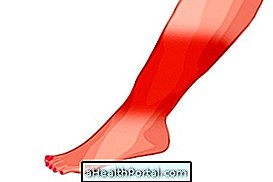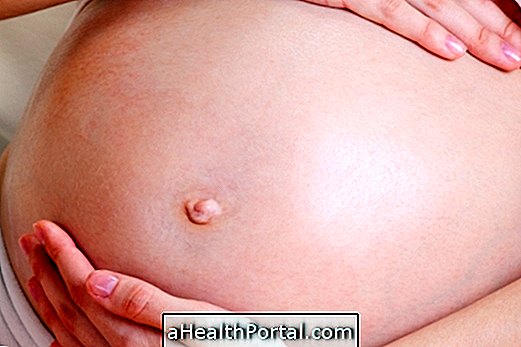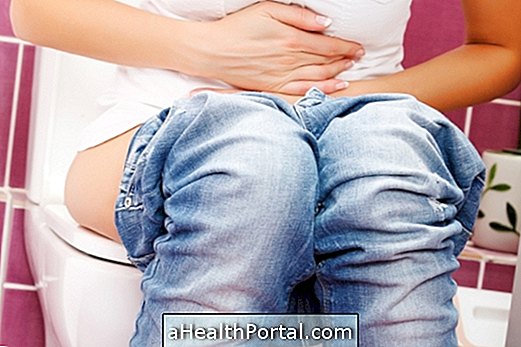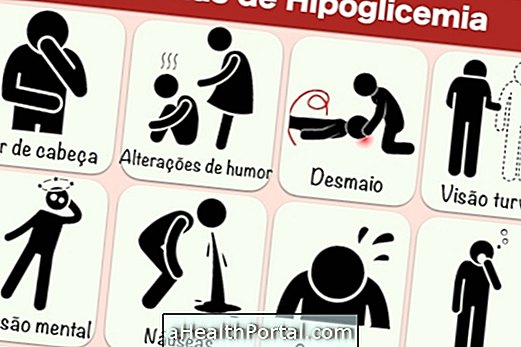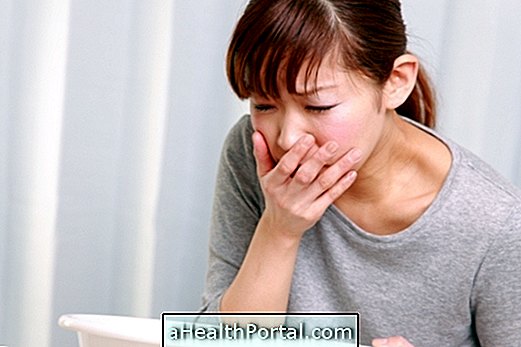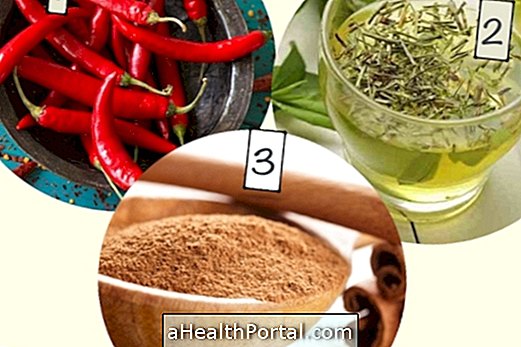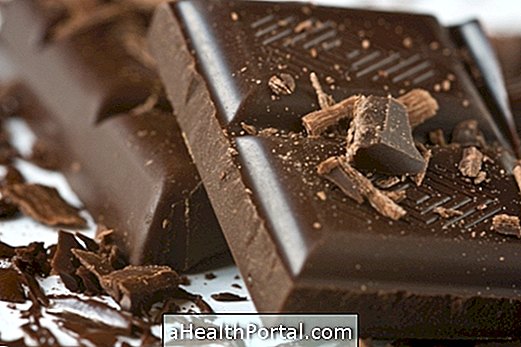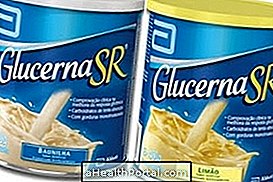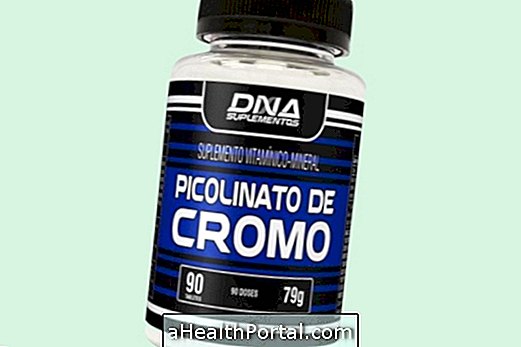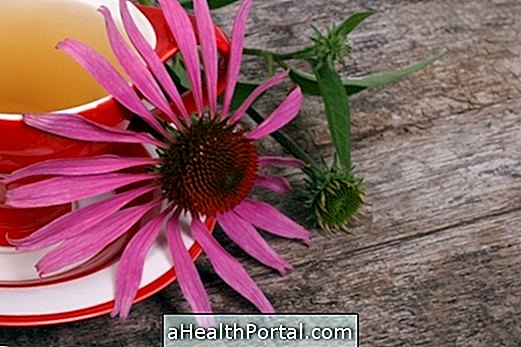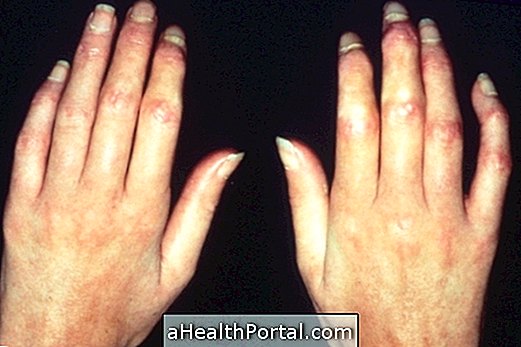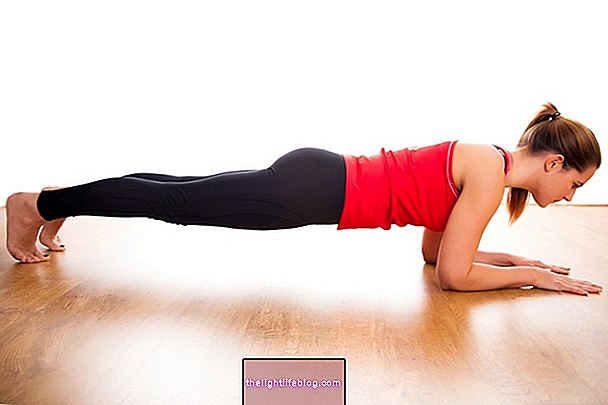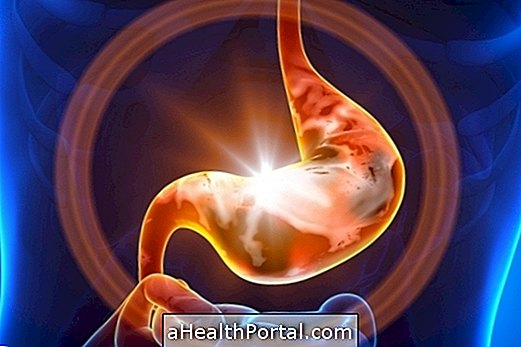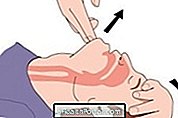The pain in the joints of the hand can be arthritis and soaking the hands in a bowl with hot water can ease the discomfort; the pain in the joints of the feet can be rheumatoid arthritis, since the pain in one shoulder can be tendinitis or bursitis. See more body locations, what can be and how to combat these symptoms.
Generally, joint pain is not severe and can be treated at home with the application of warm compresses to the affected area, but when it is maintained for more than 1 month it is recommended to consult an orthopaedist to diagnose the problem and initiate appropriate treatment.
Main causes and how to fight
The main causes are:
1. Pain in the joints of the hand
What it can be: It is more common in the elderly due to joint problems such as arthritis or gout, but can also arise in sportsmen due to hand injuries such as kicking while playing basketball or in martial fights, for example.
How to relieve: Apply a warm compress to the region for 15 minutes, twice a day a day, and apply an anti-inflammatory ointment, such as Cataflam or Traumeel, for example.
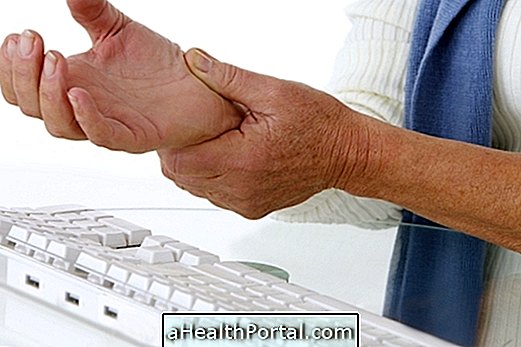
2. Pain in the knee joint
What it can be: It is a common sign of twisting or tendinitis in both the elderly and young people, which can lead to other symptoms such as joint swelling and a hard knee sensation upon waking.
How to relieve: It is recommended to consult an orthopedist to identify the problem and start the appropriate treatment, however, you can apply ice in the area for 15 minutes, 3 times a day, while waiting for the consultation.
3. Pain in the elbow joint
What can be: it is very frequent in cases of epicondylitis due to repetitive use of forearm and wrist muscles, common among tennis players and workers who make repetitive movements.
How to relieve: It is recommended to avoid repetitive activities with the arm and consult an orthopaedist to start treatment with anti-inflammatory medicines, such as Ibuprofen or Aspirin.
4. Pain in the shoulder joint
What it may be: may indicate tendinitis, bursitis, arthrosis or other diseases that can be identified by the physiotherapist or by the orthopedist or rheumatologist.
How to fight: Putting an ice pack for 20 minutes can relieve pain, but it is also important to avoid workouts, not carry heavy bags and be careful when washing or spreading clothes, for example.

5. Pain in the joints of the feet
What it can be: One of the common causes of pain in the toes is rheumatoid arthritis, which also leaves the foot swollen and sore. In the case of only toe pain, one may suspect gout due to excess uric acid in the blood.
How to fight: Diving your feet in a bowl of hot water is best indicated in case of rheumatoid arthritis, but if the cause is gout, ice is the most indicated.
6. Pain in the joints during pregnancy
Joint pain is a normal pregnancy symptom that occurs due to the relaxation of the joint caused by the hormone relaxin, which is increased during pregnancy. Thus, a woman often feels pain in the joints of the legs and hip, especially when she is standing for a long time.
To avoid joint pain in pregnancy the pregnant woman should take breaks every 2 hours to rest or use a leg and hip brace.
7. Pain in the joints of the whole body
Generally pain in the whole body, including the joints may indicate some infection, dengue and zika are strong suspicions in times of epidemic, especially in the summer. When the pain is very strong, one can also suspect chikungunya fever. In all these diseases there is also fever and in the appearance of these symptoms one should go to the health post for medical attention.
In case of suspected dengue, zika or chikungunya you should not take any medicine that has acetyl salicylic acid because they increase the risk of bleeding.
Joint Pain Remedies

When joint pain takes more than 7 days to pass you may need to take some medicine like painkillers or anti-inflammatories like Dipyrone and Ibuprofen under medical advice.
Ointments such as diclofenac may also help relieve pain and facilitate movement, but in any case you should go to the doctor to identify what it is and ask for tests, if needed, indicating what the person may have.
Putting a cool pouch over the joint to relieve symptoms but to supplement the treatment it is important to do physiotherapy sessions at least 3 times a week or low-impact exercise such as Pilates or water aerobics.
How to avoid joint pain
To avoid joint pain, regular practice is recommended for low-impact exercises such as walking, cycling or swimming, as well as being within the ideal weight, especially after age 50. Eat more fish and seafood as they contain substances that help to regenerate joints and decrease inflammation.
Watch the following video and see what natural painkillers can help with pain relief:

